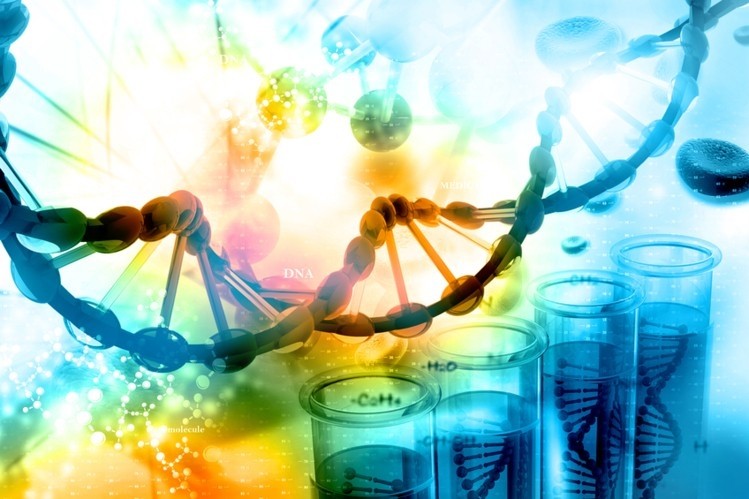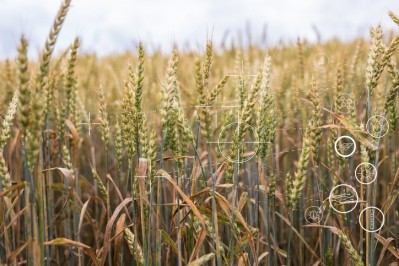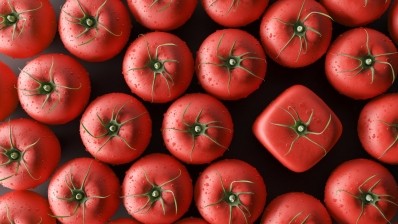Scientists develop gene discovery platform: ‘This is not Frankenfood, this is breeding'

As this year’s droughts have demonstrated, agricultural production faces mounting climate change-related stresses. Extreme weather – from high temperatures and drought to flooding and frosts – are placing yields under pressure.
To sustain current levels of food production, we need to adapt our crops to rapidly changing climate conditions. If we fail to do so, we could face a 20-30% reduction in food production in Europe alone, lead of the BREEDIT project Professor Dirk Inzé warned.
Professor Inzé and the team of plant scientists working on BREEDIT at UGent Center for Plant Systems Biology are concerned traditional plant breeding techniques will not be up to the challenge ahead.
“Conventional breeding has contributed greatly to the adaptation of crops to their environment but is starting to show its limitations,” observed Dr Christian Lorenzo, BREEDIT lead scientist.
“When trying to improve complex traits like crop yield, effects are often limited or insignificant, making this a slow process. But climate change is forcing us to develop more productive crops with fewer resources.”
The BREEDIT project is focused on leveraging gene editing science and technology to provide more effective solutions.
Deciphering a complex genetic code
Part of the challenge lies on the complex way that different genes interact to influence traits such as resistance to drought or productivity, Professor Inzé told FoodNavigator.
Conventional breeding entails crossing varieties of plant that contain the desired traits in their genome. It is essentially a trial and error approach. Traits essential for plant survival and susceptible to environmental stress, such as growth and yield, are often controlled by a complex gene network. To achieve significant changes, breeders might need to combine multiple growth-stimulating properties. Finding the right combinations under varying field conditions is time-consuming and labour intensive.
“It is hard to work out which genes need to be combined,” we heard. However, there is another way. With molecular biology, agronomic traits can be linked to specific genes rather than genomic regions, narrowing down the genomic targets for breeding.
“We have now developed a pipeline in which CRISPR-mediated gene editing of multiple genes simultaneously is combined with different crossing schemes to identify the key genes involved in trait enhancement. In other words, BREEDIT is a support platform for breeding using innovative gene editing techniques,” Dr Lorenzo said.
“This is a kind of breeding that is fast, efficient and precise,” Professor Inzé elaborated.
Gene editing for improved crops
Working on maize, the project is using CRISPR-Cas9, an established gene-editing technique, to modify the plant’s genetic material. Cas9, which can be thought of as molecular scissors, are directed to a predetermined position in the target gene by a guide molecule – gRNA – where a small genetic alteration made.
The BREEDIT team has developed a strategy to edit up to 60 genes in ‘all possible combinations’. Introducing 12 gRNAs at once into a Cas9-expressing parent generates a multiplex gene-edited maize plant.
Implementing a crossing scheme with plants containing a different set of gRNAs leads to a diverse collection of edited maize plants that can be screened for improved agronomic traits, according to the scientists.
Generating a large collection of gene-edited plants in a short time facilitates a high-throughput screening of genes and combinations of genes. Targeting multiple genes simultaneously allows you to overcome redundancy within a gene family and targeting whole gene families could lead to stronger effects on plant growth and development, they believe.
‘This is not Frankenfood’
Professor Inzé was quick to distinguish this technology from genetic modification, which takes a similar approach but inserts additional DNA into sequences. Gene editing only snips part of the sequence out. “This is not GMO. This is not Frankenfood. This is breeding,” he stressed.
This is an important distinction. But not currently one that is recognized under EU law.
In July 2018, the European Court of Justice (ECJ) ruled that crops obtained by mutagenesis are classified as GMOs, as the techniques and methods of mutagenesis alter the genetic material of a plant in a way that does not occur naturally. CRISPR technology is therefore included in the EU’s restrictive GMO regulations.
Professor Inzé said this ruling is ‘not based on science’ and he is hopeful that the situation will change, with the question expected to go before the European Parliament next year. But, he conceded, for change to happen the scientific community need to get their message across to citizens and politicians in the bloc.
A big factor in winning over hearts and minds will be the outcomes that proponents of gene editing say it can deliver. “Gene editing fits into the whole societal view of sustainable production and climate resilience, at the same time preserving diversity,” Professor Inzé claimed.
The crop scientist pointed to the benefits on offer, from regenerative agriculture, potentially breeding for crops with stronger root systems that sequester more carbon, to increased resistance to pests, which would negate the need for chemical inputs. He suggested the tool can help boost local food production in Europe, noting that raw materials like GMO soy are imported to the region, potentially contributing to deforestation in the Amazon. And added that gene editing can breed crops with distinct nutritional or functional attributes.
“Gene editing-assisted breeding will become increasingly important to keep up with the changing environment,” he suggested.
Source
BREEDIT: A multiplex genome editing strategy to improve complex quantitative traits in maize
The Plant Cell
DOI: https://doi.org/10.1093/plcell/koac243
Authors: Lorenzo and Debray, et. al.


















